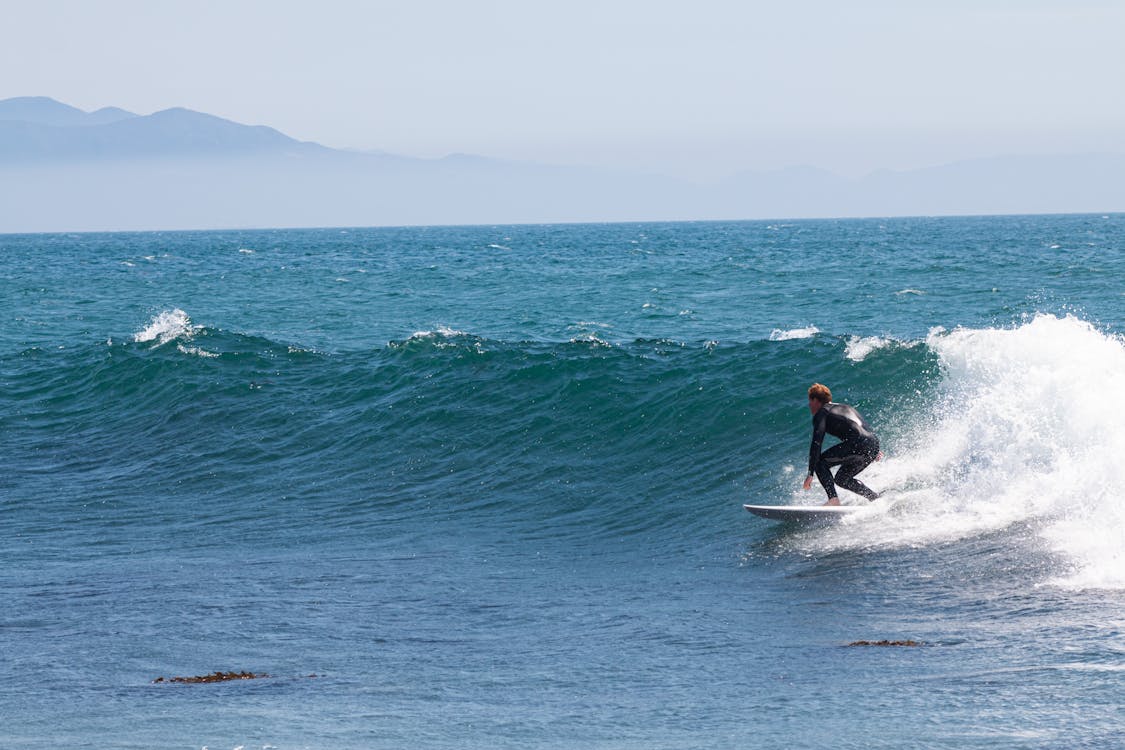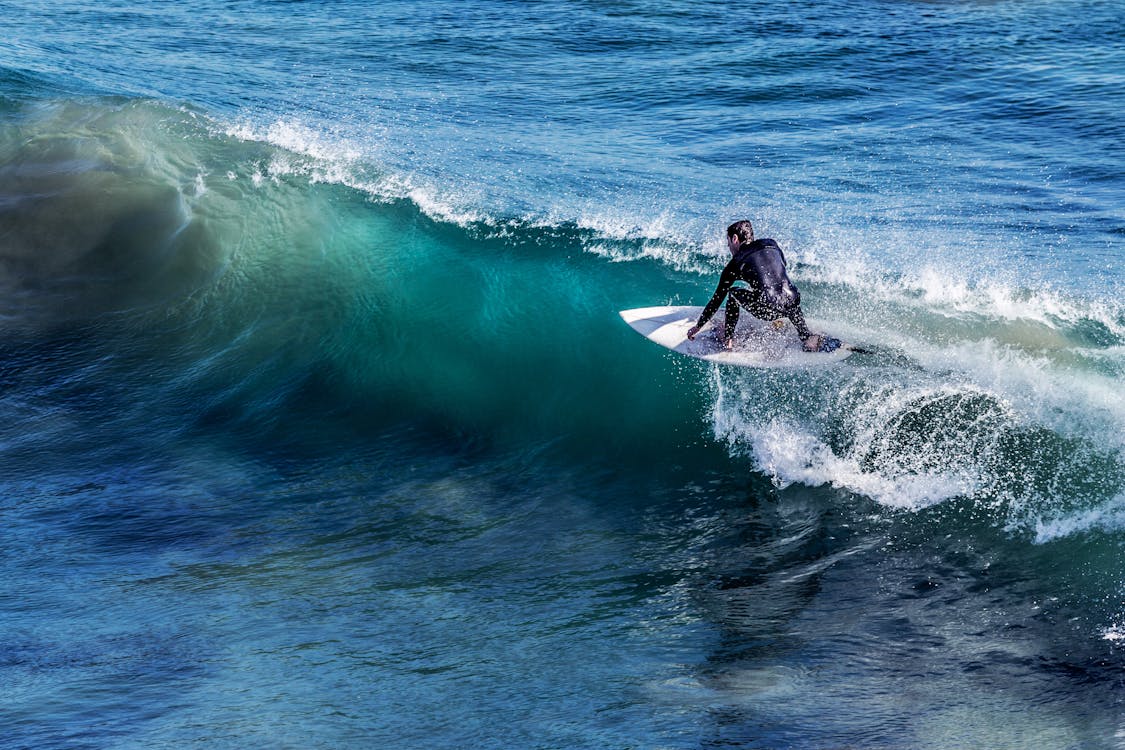Four Impacts of Ocean Warming


A mollusk swims up to a sea cucumber. The mollusk looks around at the reef and says (because in jokes everyone talks) to the sea cucumber, “I think we’re in hot water.” I’m no clownfish, but I think Marlin may have told this joke if Finding Nemo came out in 2024.
You might ask why a fish would make jokes about the temperature. Well, if you have been reading the news or following our blogs, you know the ocean is getting hotter due to humans burning fossil fuels. In fact, 90% of all global warming is occurring in our ocean. April 2024 was the thirteenth month in a row that the global monthly sea surface temperature was the warmest on record and the North Atlantic broke temperature records 421 days in a row. It’s not just the temperatures which are alarming but how much higher these temperatures are between now and previous years: 0.5°F more than previous years whereas previous records were often broken by a margin of 0.1°F or less. Warming is devastatingly worse than expectations.
1. Coral bleaching
When temperatures rise in the ocean, corals become stressed and expel their symbiotic algae which produce the beautiful colors we associate with reefs (including Marlin and Nemo’s home). Without the algae, corals turn a ghostly white and become vulnerable to starvation and disease. Mass coral die offs have taken their toll on iconic reefs around the world, from Florida to the South Pacific. Clownfish and other reef animals, suffer as well exhibiting stress, behavior changes and decreasing in abundance.
2. Fish on the move
Fish, and the other animals who depend upon them, prefer a specific temperature range. As waters warm, these species move towards Earth’s poles and deeper to find cooler water. Fish shifting their geographic range may see population declines. The climate-driven migration puts marine mammals, like whales, at risk because they are following these prey species and moving into new locations, which could bring them into contact with shipping lanes. Fishermen may have to shift the species they fish for or the locations where they fish, which has impacts on fishing-dependent communities.
3. Harmful algae blooms
Higher ocean temperatures, when combined with excess nutrients from water pollution (think runoff from stormwater, sewage overflows and agriculture), can result in more frequent and intense harmful algal blooms (HABs). These HABs, which have occurred in 82% of coastal countries, can create areas in the ocean with little to no oxygen and also produce toxins which kill marine animals and threaten public health and coastal economies. HABs are also found in Arctic waters as a result of ocean warming in this chilly region.
4. Coastal ecosystem loss
On top of these impacts, coastal ecosystems face additional threats from a hotter ocean, too. For example, oyster reefs along the coast (and people who eat them) are threatened by dangerous bacteria, like Vibrio, which thrive in warmer waters. Warmer water expands and causes glaciers and sea ice to melt; these impacts combine to result in higher sea levels. Sea level rise is drowning coastal plants like seagrass and causing erosion, especially during increasingly severe storms. Ocean warming is reducing the natural protection our coastal habitats offer to nearby communities.
A warmer ocean puts the whole world in hot water. The more we drill for and use oil and gas for energy and plastics, the hotter our ocean will continue to get.
But we can protect our ocean by phasing out oil and gas, including offshore drilling, and switching to renewable energy sources, such as responsible offshore wind and other marine renewable energy.
While this might mean building in the ocean, there are responsible and just ways to ensure offshore wind is safe for the marine environment and coastal communities. In the end, the long-term risks of climate change and inaction pose a far greater threat to the ocean and all life that depends on it.
Ocean Conservancy is leading the global push for 100% clean, responsible ocean energy by 2050 to help address climate change and protect the ocean. Join the fight by taking action to protect our ocean and coasts.






Responses